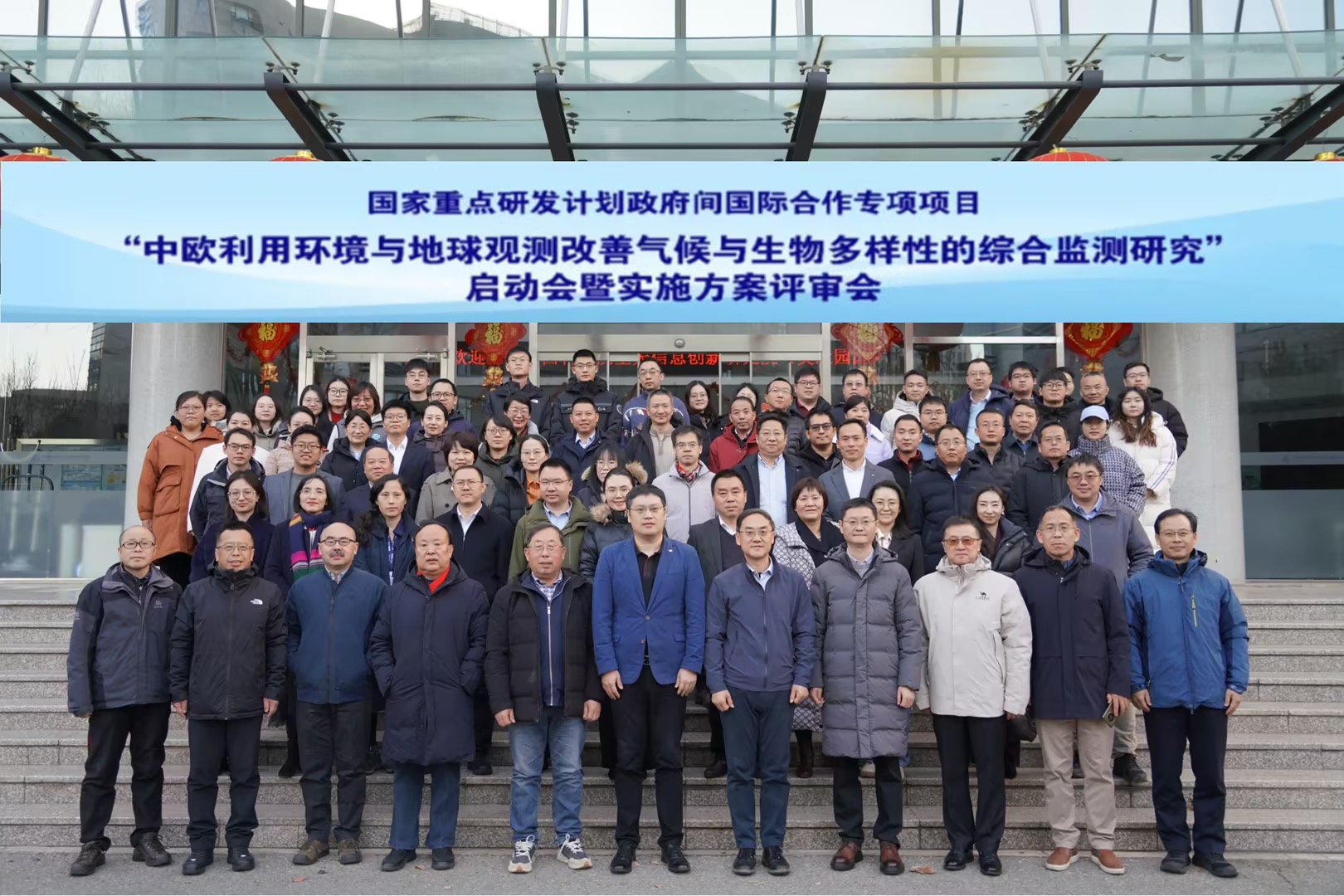China, Europe Collaborate to Advance Climate Action and Biodiversity Conservation Through Earth Observation
The Aerospace Information Research Institute (AIR) of the Chinese Academy of Sciences (CAS) hosted a launch and review meeting for the China-European Union flagship research project, "Integrated Monitoring for Climate Action and Biodiversity Conversation Using Earth Observation" on January 14, 2025, in Beijing.
This ambitious project aims to build a transnational observation network that brings together satellite, aerial, and ground-based monitoring systems. The goal is to pool efforts to address climate change while also protecting biodiversity, highlighting the strong connection between these two critical global challenges.
This project aims to tackle the critical challenges at the intersection of climate change and biodiversity conservation. By developing a standardized and shareable transnational observation network, it seeks to optimize spatial planning for coordinated action, benefiting both biodiversity and climate resilience.
Key objectives include: Establishing a multinational terrestrial ecosystem risk assessment and early warning system; Uncovering mechanisms that drive synergies between climate mitigation and biodiversity conservation; Developing a framework to evaluate progress on the Kunming-Montreal Global Biodiversity Framework.
The project will also support China's "30×30" biodiversity protection goal, which refers to the country's commitment to protect 30% of its land, freshwater, coastal, and marine areas by the year 2030, aligning with the global "30 by 30" initiative to safeguard biodiversity on a large scale under the Convention on Biological Diversity (CBD).
With a total budget of 63.52 million yuan (approximately $9.76 million), this project is part of the 2024 “Intergovernmental International Science and Technology Innovation Cooperation” initiative under China’s National Key R&D Program. Led by AIR, it unites 19 research institutions from China and teams from 11 European countries, including the Norwegian Industrial Research Institute, the University of Twente, the University of West Bohemia, and Lund University.

A scene of the launching meeting. (Image by AIR)

A group photo. (Image by AIR)



News & Events